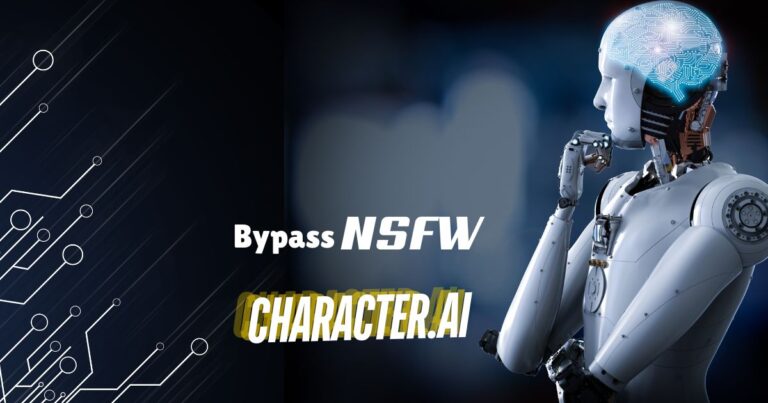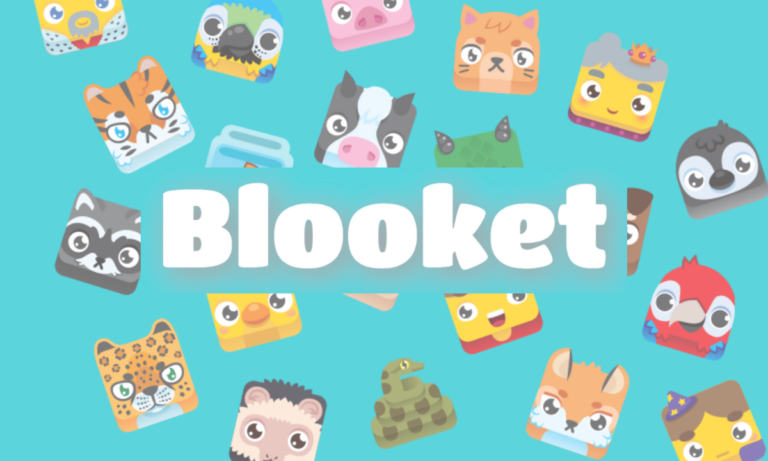Getting to Know Instruction Datasets in AI: Making Language Models Smarter
Hey there! Ever wondered how AI language models like LLaMA and GPT-3 get so good at understanding and following human instructions? The secret sauce is something called Instruction Datasets. Let’s dive into what they are, why they’re important, and how companies like Innovatiana are playing a big role in this exciting field.
What’s an Instruction Dataset Anyway?
Think of an Instruction Dataset as a guidebook for AI models. It’s a collection of examples where each one shows an instruction and the desired response. By learning from these examples, AI models get better at understanding what we want them to do.
Key Points:
- Instruction-Response Pairs: Each example includes a human instruction and how the AI should respond.
- Variety is Key: The dataset covers lots of different topics and types of instructions.
- Human Touch: Real people often help create these datasets to make sure they’re accurate and useful.
Why Are Instruction Datasets a Big Deal?
Instruction Datasets help make AI models more:
- Understanding: They get better at grasping what we’re asking.
- Relevant: Their responses make more sense in the context of our instructions.
- User-Friendly: They align better with what users expect, making interactions smoother.
- Versatile: They can be fine-tuned for specific tasks, making them more useful in different areas.
Cool Models Using Instruction Datasets
Here’s a quick look at some popular AI models that have been powered up by Instruction Datasets:
1. LLaMA (Large Language Model Meta AI)
Made by Meta AI, LLaMA comes in different sizes, from 7B to 65B parameters. When fine-tuned with Instruction Datasets, LLaMA gets even better at tasks that need it to understand and follow what humans are asking.
2. GPT-3
OpenAI’s GPT-3 is famous for its language skills. By training on Instruction Datasets, models like InstructGPT have become even better at following user instructions and avoiding unhelpful answers.
3. Alpaca
Developed by Stanford University, Alpaca is a model that was fine-tuned from LLaMA using Instruction Datasets. What’s cool is that it showed big improvements with just a small amount of data!
4. BLOOM
BLOOM is an open-source model that speaks multiple languages. By using Instruction Datasets, it’s gotten better at following instructions in different languages, making it useful all around the world.
5. Gemma 2
Absolutely! Let’s talk about Gemma 2. Gemma 2 is another exciting language model that has been enhanced using Instruction Datasets. By training on a diverse set of instruction-response pairs, Gemma 2 has improved its ability to understand complex prompts and generate accurate, context-aware responses.
Highlights of Gemma 2:
- Enhanced Understanding: Better at grasping nuanced instructions.
- Contextual Responses: Generates replies that make sense in various situations.
- User Alignment: More in tune with what users are looking for, making interactions smoother.
Also Read: Internet Explorer Online
How Innovatiana Fits Into All This
Experts in Making Instruction Datasets
Innovatiana specializes in creating top-notch Instruction Datasets. They have a team of skilled annotators who capture human instructions and the right responses. Here’s what they do:
- Customized Datasets: They tailor datasets to fit what different industries need.
- Quality First: They make sure the data is accurate and relevant.
- Wide Coverage: Their datasets include a variety of instructions to help models generalize better.
Capturing Human Preferences
Their team is really good at understanding the nuances of human instructions and preferences. This means:
- Real-Life Scenarios: The data reflects how people actually communicate.
- Consistency: Their annotators follow set guidelines to keep things consistent.
- Better Training: The high-quality data helps AI models learn more effectively.
Making AI Models Better
By using Innovatiana’s Instruction Datasets, AI models like Gemma 2 can:
- Understand Instructions Better: They get lots of examples to learn from.
- Reduce Bias: Carefully curated data helps prevent biased outputs.
- Speed Up Development: Good data makes training faster and more effective.
Want to Learn More?
Check out Innovatiana’s article on Instruction Datasets in AI for a deeper dive into how these datasets work and why they’re important.
What’s Next?
Even though Instruction Datasets have made AI models a lot better, there’s still room to grow:
- Keeping Data Quality High: Making sure instructions and responses are accurate is an ongoing challenge.
- Avoiding Bias: It’s important to keep harmful or biased content out of datasets.
- Scaling Up: Collecting and annotating lots of data takes time and resources.
- Handling New Instructions: Models need to be good at dealing with instructions they haven’t seen before.
Looking Ahead:
- Better Annotation Tools: New tools can help make data annotation faster and easier.
- More Languages: Expanding datasets to include more languages makes AI accessible to more people.
- Ethical AI: Setting guidelines to ensure AI behaves responsibly.
- Teamwork: Collaborating with experts from different fields to make datasets even better.
Wrapping Up
Instruction Datasets are a big part of what makes AI language models tick. They help models understand and follow what we’re asking them to do. With models like LLaMA, GPT-3, Gemma 2, and others getting better thanks to these datasets, and companies like Innovatiana leading the way in creating high-quality data, the future of AI looks bright!






